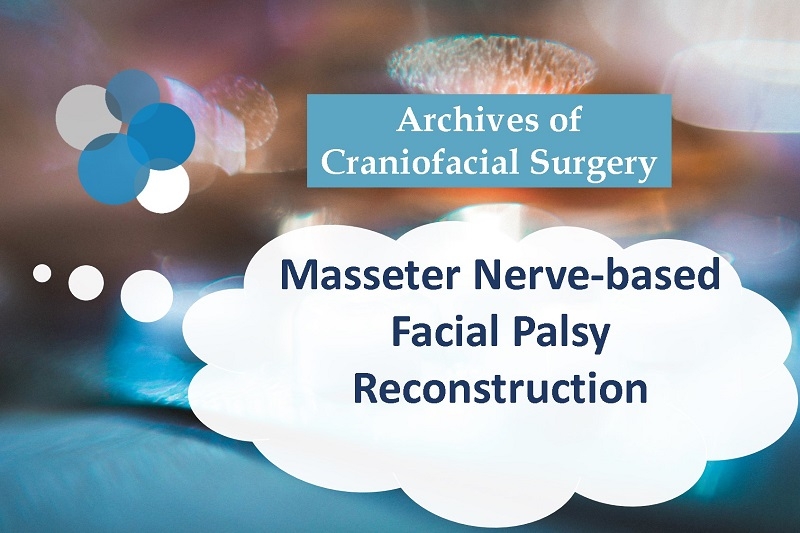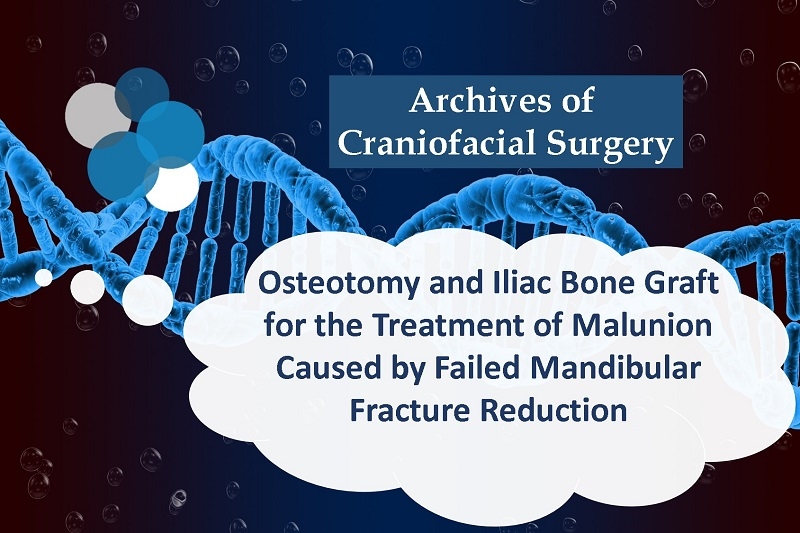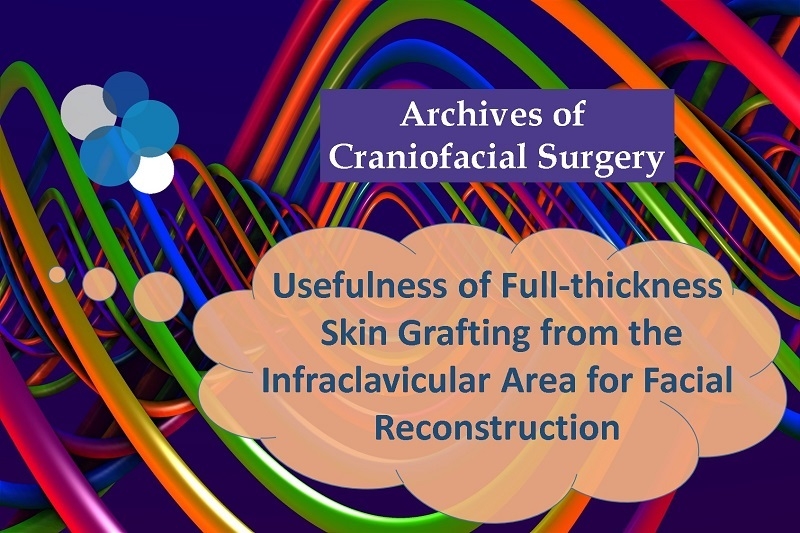Robert Singer, Geoffrey R Keyes, Foad Nahai
From its origin cosmetic surgery was performed in facilities which were neither certified nor regulated. Recognizing that there was no formal oversight of facilities, a group of plastic surgeons saw the need to develop an accreditation program. This eventually evolved into the American Association for Accreditation of Ambulatory Plastic Surgery Facilities. The organization was started to implement and maintain a voluntary inspection accreditation program for qualifying surgical facilities. Its focus was to educate plastic surgeons on safety and became recognized as the gold standard for accreditation. Seeing the need for similar standards for all surgeons, it morphed into the American Association for Accreditation of Ambulatory Surgery Facilities (AAAASF). Comprehending that accreditation was in everyone’s best interest, AAAASF developed educational formats for plastic surgeons, testified at the US Congress suggesting potential ways that oversight of facilities could improve patient safety, functioned as a resource to numerous states in developing guidelines for oversight of facilities, continued to update its standards, and extended its accreditation program internationally. Recognizing the value of accreditation, proven by AAAAASF’s extensive database from its Internet-Based Quality Assurance Program, the American Society for Aesthetic Plastic Surgery (ASAPS) and the American Society of Plastic Surgeons (ASPS) mandated that its members operate only in accredited or licensed facilities. Numerous studies documenting the safety of accredited plastic surgical facilities from AAAASF’s extensive quality assurance and peer-review reporting program are cited. AAAASF played a significant role and will continue to do that in producing better, safer environments for outpatient surgical procedures.
To read the full article: bit.ly/3o0XSHs











